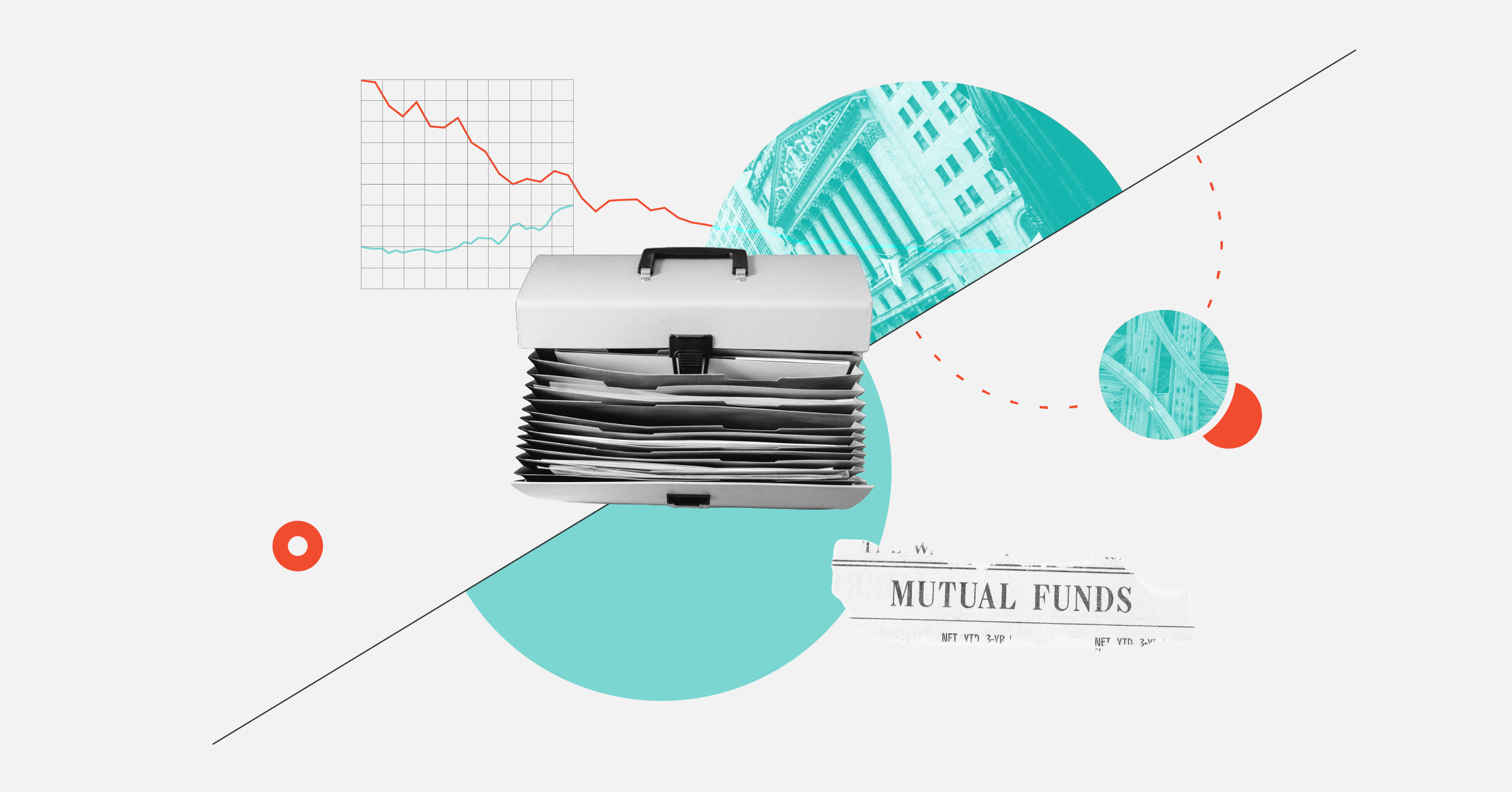
Carbon capture is often seen as key technology for battling climate change. But from a stock investor’s standpoint, it’s been a challenging theme to build into a portfolio.
There are few pure-play stocks in this space, its performance has been poor, and while some see promise in the concept, others are skeptical about its cost-effectiveness at bringing down greenhouse emissions.
What is Carbon Capture?
The majority of carbon capture sequestration installations are related to fossil fuel plants, set to remove as much CO2 as possible at different stages of energy production from oil, gas, and methane. But other sectors can benefit from the technology: cement, steel, fertilizer, and chemical production.
Carbon capture is also known as carbon capture sequestering and utilization, or CCSU. Sequestering refers mostly to underground sites where CO2 can be stored and prevented from reaching the atmosphere. Utilization aims at reorienting captured CO2 toward industrial processes which not only sequester it but also put it to productive use, as in hothouse agriculture or bioplastic manufacturing.
But the field faces hurdles, highlighted by the cancellation earlier this year of a C$2.4 billion carbon capture and storage facility near Edmonton, run by Canada-based Capital Power CPX. “There is controversy around the cost of the ton of carbon that you can capture,” says John MacDonagh, senior analyst of emerging technology at PitchBook. Looking forward, “people believe the cost will still be too high compared with other options.”
According to a recent Scotiabank report, Canada is “currently a world leader in carbon management, with the third most active projects” after the United States and China. By 2030, Canada should have roughly 30 megatons of CO2 of installed capture capacity. Yet to meet even low-end net-zero targets, “CCS capacity needs to grow at 5%-6% year-on-year from 2030-2050,” notes the Scotiabank report. “Direct air capture would need to grow at roughly 30% year-on-year over the same timeframe.” Though it is clear Canada falls short of those growth targets, the report doesn’t say by how much.
“A primary reason for low installation is high hurdle rates owing to factors like the high cost of technologies, uncertainty, and limited revenue generation potential,” the Scotiabank report notes. Indeed, a large majority of projects plan only on storing CO2, not on reorienting it toward industrial utilization. Such revenues would contribute to offset costs, but projects don’t emphasize them.
A recent Deloitte study on the impact of proposed federal caps on oil and gas emissions also throws cold water on the prospects of carbon capture sequestration. Given the choice between investing heavily in costly CCS projects to respect the cap and curtailing oil and gas production, “curtailing production would be a more cost-effective option,” it concludes.
The sector presents great potential. A McKinsey report believes that it could reach US$ 1.2 trillion by 2050. But it’s beset by persistent high costs that are only partly offset by governmental subsidies, but not by a clear path to revenues generation.
Depressed Stocks Despite of Great Venture Capital Input
Amid these crosscurrents, the stocks of publicly traded carbon capture companies have been difficult propositions for investors.
On the plus side, Canada-based Capital Power CPX has seen recent big gains. Capital Power is an energy producer with a mixed portfolio of gas, wind, and solar installations, but it has ventures in carbon capture. Capital Power’s stock price has rallied 37% in 2024, but those gains have essentially reversed a long decline that began in September 2022.
Few stocks are pure carbon capture plays, and the sector has performed poorly. Take Norwegian Aker Carbon Capture AKCCF. After hitting a high of US$3.90 in November 2021, it has slowly declined to US$0.55. LanzaTech Global LNZA, after going public through a special purpose acquisition company in 2023, has seen its stock price slide to US$1.97 from around US$10.00 when it began trading.
Most companies are not listed, like CO2 Solutions (which has been acquired by Italian energy producer Saipem) and Carbon Engineering, which specializes in direct air capture (a technology that sucks CO2 from the atmosphere without being linked to any CO2-generating installation).
The venture capital pipeline has many promising players in the works. For example, Climbworks “has received quite a lot of capital,” notes John MacDonagh, senior analyst of emerging technology at PitchBook. “It raised US$624 million in 2022. It’s by far the biggest deal I’ve seen so far.” Other notable players, like Svante and Carbon Clean, raised US$318 million and US$193 million, respectively.















